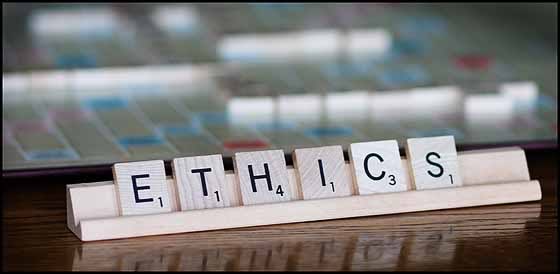9.5: Ethical Considerations With Social Network Analysis
- Page ID
- 4818
Learning Objectives
- Understanding the ethics of social network analysis.
- Developing a toolkit for managing the ethical issues.
- Suggest why ignoring social networks may be unethical.
What Is Social Network Analysis?
Before delving into the ethical issues, let’s revisit social network analysis. Social networking is built on the idea that there is a determinable structure to how people know each other, whether directly or indirectly. Notions such as six degrees of separation—that everyone on earth is separated from everyone else by no more than six intermediate personal relationships—have popularized the idea that people can be (however unknowingly) connected through common associates. As we mentioned at the beginning of this chapter, social network analysis (SNA) is the mapping and measuring of relationships and flows between people, groups, organizations, computers, Web sites, and other information/knowledge processing entities. This can be done with paper and pencil surveys, software programs, and even comparing e-mail and phone logs, but the desired output is essentially the same. Social networks are the invisible organization. That is, they are the actual organization behind the printed organization chart.
Figure 9.11

Ethics are not simply a matter of the law; they are a prescription for doing good.
Orietta.sberla – Ethics049webIV – CC BY-SA 3.0.


